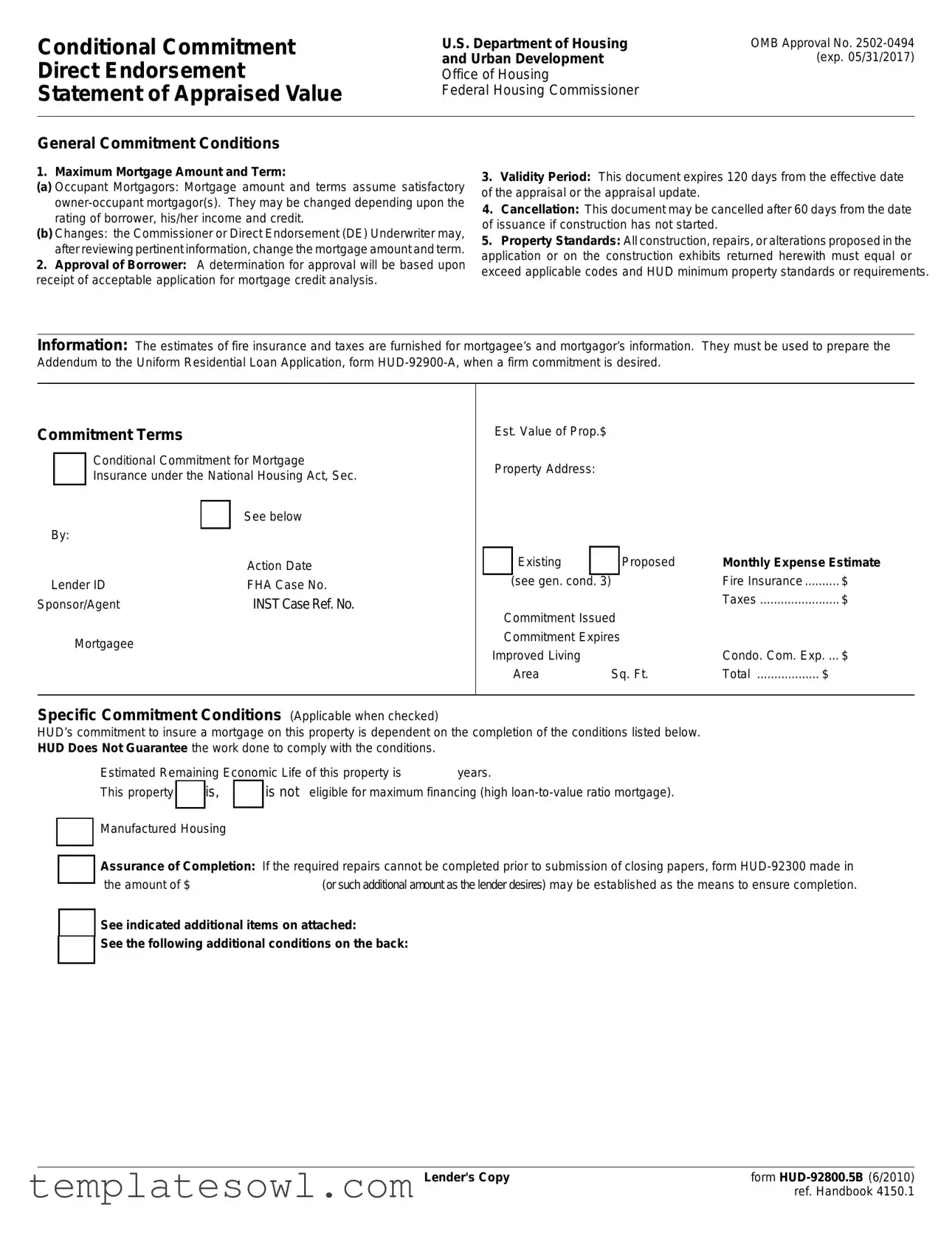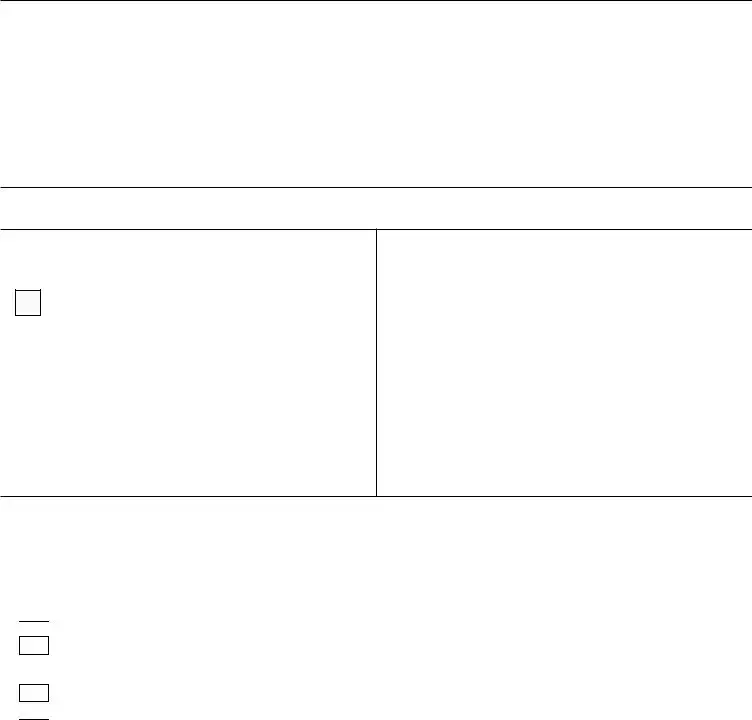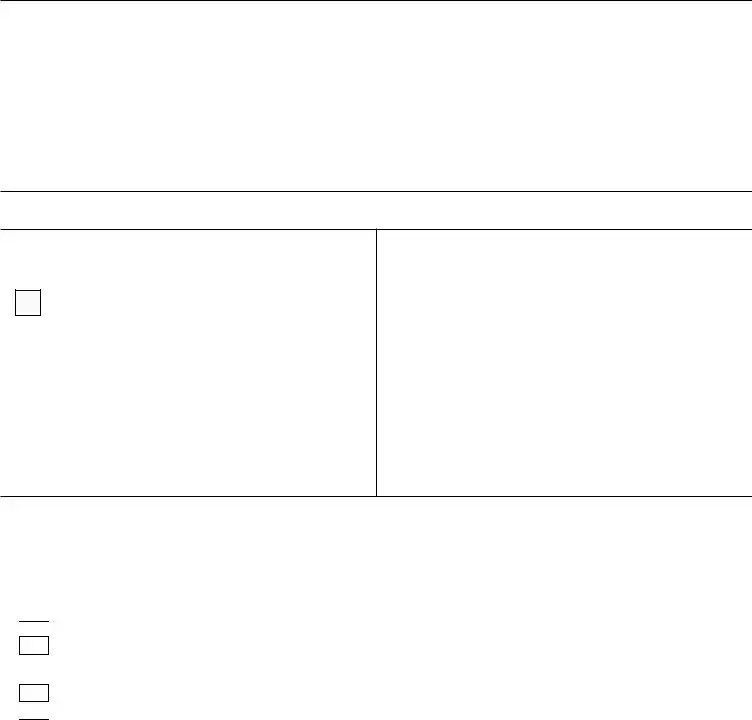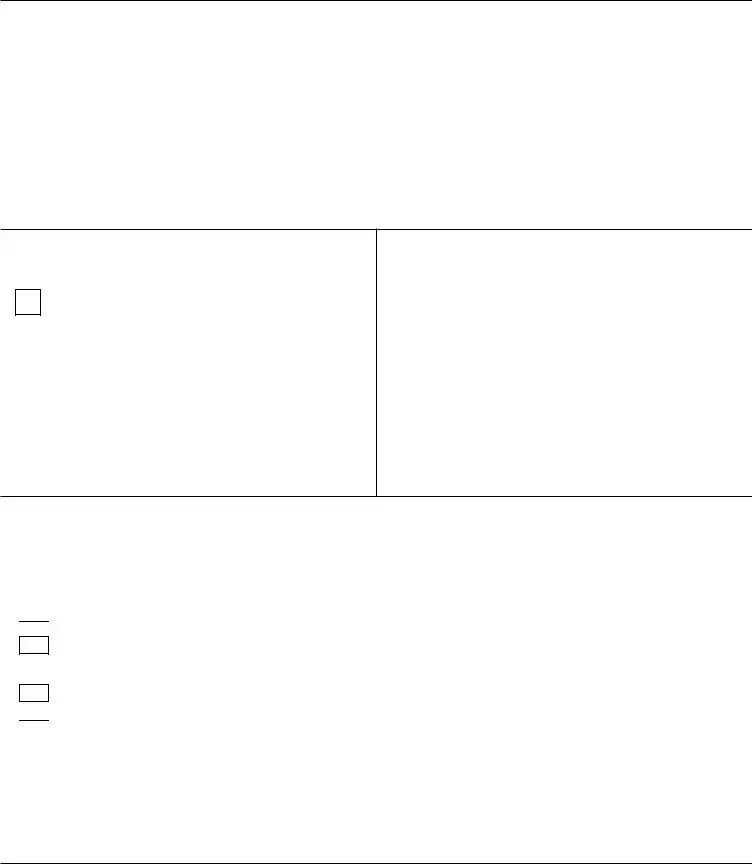|
|
|
|
|
|
|
|
|
|
|
|
|
|
|
|
|
|
|
|
|
|
|
|
|
|
|
Specific Commitment Conditions (Applicable when indicated on the front |
|
mandated form, that the house and other structures within the legal |
|
|
of this form) |
|
|
|
|
|
|
|
|
|
boundaries of the property indicate no evidence of active termite |
|
B. Proposed Construction: |
|
The builder or mortgagee must notify the |
|
infestation. |
|
|
|
|
|
|
|
|
|
|
|
|
|
L. |
Code Enforcement: |
The lender shall submit a statement from the |
|
|
assigned Fee Inspector as appropriate (see items 11, 12, and 13 |
|
|
below). |
|
|
|
|
|
|
|
|
|
public authority that the property meets local code requirements. |
|
C. |
Warranty: Form HUD-92544 is required on all new construction and |
M. Repairs: The lender shall notify the original appraiser upon completion |
|
|
shall be executed between the builder and the purchaser. |
|
|
|
of required repairs, unless otherwise instructed. |
|
|
|
|
D. |
Section 223: This commitment is issued pursuant to Section 223(e). |
N. Lender's Certificate of Completion: |
The lender |
shall furnish a |
|
E. |
Health Authority Approval: Submit local health authority approval |
|
certificate that required repairs have been examined and were satisfac- |
|
|
torily completed. |
|
|
|
|
|
|
|
|
|
|
|
(on a form or letter) indicating the individual water supply and/or |
|
|
|
|
|
|
|
|
|
|
|
|
O. Manufacturers Warranties |
must |
be |
provided to |
the homebuyer |
|
|
sewage disposal system is acceptable. |
|
|
|
|
|
F. |
Reserved. |
|
|
|
|
|
|
|
|
covering heating/cooling systems, hot water heaters, ranges, etc. |
|
|
|
|
|
|
|
|
P. |
Initial Inspection (2 working days) is requested before the “beginning |
|
G. |
Prefabricator’s Certificate: The Lender shall provide a prefabrication |
|
|
of construction” with forms in place. |
|
|
|
|
|
|
certificate as required by the related engineering bulletin. |
|
|
|
|
|
|
|
|
|
|
|
Q. Frame Inspection (1 working day) is requested when the building is |
|
H. |
Termite Control (Proposed Construction): If soil poisioning is used, |
|
|
enclosed and framing, plumbing, heating, electrical, and insulation is |
|
|
the builder shall complete form HUD-NPCA-99-A, Termite Soil Treat- |
|
|
|
|
complete and visible. |
|
|
|
|
|
|
|
|
|
|
ment Guarantee, and transmit a copy to HUD or the Direct Endorse- |
|
|
|
|
|
|
|
|
|
|
|
R. Final Inspection is requested when construction is completed and the |
|
|
ment Underwriter. The Mortgagee will deliver the original and a copy |
|
|
to the mortgagor at closing. |
|
|
|
|
|
property ready for occupancy. |
|
|
|
|
|
|
I. |
Flood Insurance Requirement: This property is located in a special |
S. Insulation Certificate must be posted in a conspicuous location in the |
|
|
flood hazard area and must be covered by flood insurance in accor- |
|
dwelling. |
|
|
|
|
|
|
|
|
|
|
|
|
|
dance with HUD regulation 24 CFR 203.16a. |
|
|
|
T. The Insured Protection Plan Warranty Agreementshall be executed |
|
J. |
Carpet Identification: |
(as listed in Certified |
Products |
Directory) |
|
between the builder and the homebuyer. |
|
|
|
|
U. The lender shall furnish a certificate of occupancy or letter of accep- |
|
|
Manufacturer recommended maintenance program must be provided |
|
|
|
tance from the local building authority. |
|
|
|
|
|
|
to the homebuyer. |
|
|
|
|
|
|
|
|
|
|
|
|
|
|
|
|
|
|
|
|
|
|
|
|
|
|
|
|
|
|
|
|
|
|
K. |
Termite Control: (Existing Construction) A recognized termite control |
|
|
|
|
|
|
|
|
|
|
|
|
|
|
|
|
operator shall furnish certification using form NPMA-33, or State- |
|
|
|
|
|
|
|
|
|
|
|
|
|
|
|
|
|
|
|
|
|
|
AdvicetoHomebuyers If your application was processed by a Direct |
Estimated Monthly Expenses: |
These are costs associated |
with |
homeowner- |
|
Endorsement (DE) lender, you should first contact them for assistance before |
ship which HUD believes the home-owners will have to pay when living in the |
|
calling HUD. |
|
|
|
|
|
|
|
property. |
Two examples of “estimated monthly expenses” are fire insurance and |
|
Prepaid Items: |
These are charges that normally will be paid at closing and are |
taxes, which are |
paid |
to |
your |
lender each |
month as part of |
your |
mortgage |
|
payment. |
These |
are |
put |
into |
your |
escrow |
account. |
|
|
|
|
recurring in |
nature. They include |
such items as |
funds for |
real estate |
taxes |
and |
|
|
|
|
OtherCostsofHomeownership: |
Utilities |
are usually |
paid |
monthly to |
|
hazard |
insurance. |
The amount |
of these items |
will vary |
depending |
upon |
the |
|
whomever provides the service. Also, you should save a certain amount |
|
closing |
date. |
No |
estimate is provided with this |
statement. |
|
|
|
|
|
each month to cover repair and maintenance costs which will come up while |
|
Escrow Account: This is a special account that your lender will keep on |
|
you own your home. |
|
|
|
|
|
|
|
|
|
|
your behalf to save the necessary funds to pay certain future bills. Your |
|
|
|
|
|
|
|
|
|
|
Late Payments: If you do not pay your mortgage payment within 15 days |
|
mortgage payment will include, in addition to an amount for interest and |
|
from the 1st day of the month, you can be charged a penalty. This may be |
|
principal, amounts to cover such items as property taxes, hazard insur- |
|
4 cents for each dollar of your payment. |
|
|
|
|
|
ance, and, for certain FHA programs, the mortgage insurance premium. |
|
|
|
|
|
New Construction: After |
specifications |
are |
accepted by |
HUD |
or a direct |
|
These charges are collected in advance so that your lender will have |
|
endorsement lender, the builder is required to warrant that the house substan- |
|
enough money in the account to apply the charge when it comes due. |
|
tially conforms to approved plans and specifications. This warranty is for 1 year |
|
Generally, 1/12 of the next year’s estimated charges will be the amount |
|
following the date on which title is transferred to the original buyer or the date on |
|
collected with each of your monthly mortgage payments. Bear in mind that |
|
which the house was first lived in, which ever happens first. If, during the |
|
in most communities taxes and other operating costs are increasing. The |
|
warranty |
period, |
you notice |
defects for |
which you believe the builder is |
|
estimates should give some idea of what you can expect the costs to be at |
|
responsible, ask him in writing to fix them. If he does not fix them, write your |
|
the beginning. |
In some areas the estimate of taxes may also include |
|
lender or HUD. Include your FHA case number. If inspection shows the builder |
|
charges such as sewer charges, garbage collection fee, water rates, etc. |
|
to be at fault, your lender or HUD will try to persuade him to fix the defect. If |
|
Mortgage Insurance Premium: |
The amount for insuring your mortgage. |
|
he does not, you may be able to obtain legal relief under the builder’s warranty. |
|
The premium may be in the form of an upfront charge and/or a monthly |



 Manufactured Housing
Manufactured Housing
 See the following additional conditions on the back:
See the following additional conditions on the back:


 Manufactured Housing
Manufactured Housing
 See the following additional conditions on the back:
See the following additional conditions on the back:


 Manufactured Housing
Manufactured Housing
 See the following additional conditions on the back:
See the following additional conditions on the back: